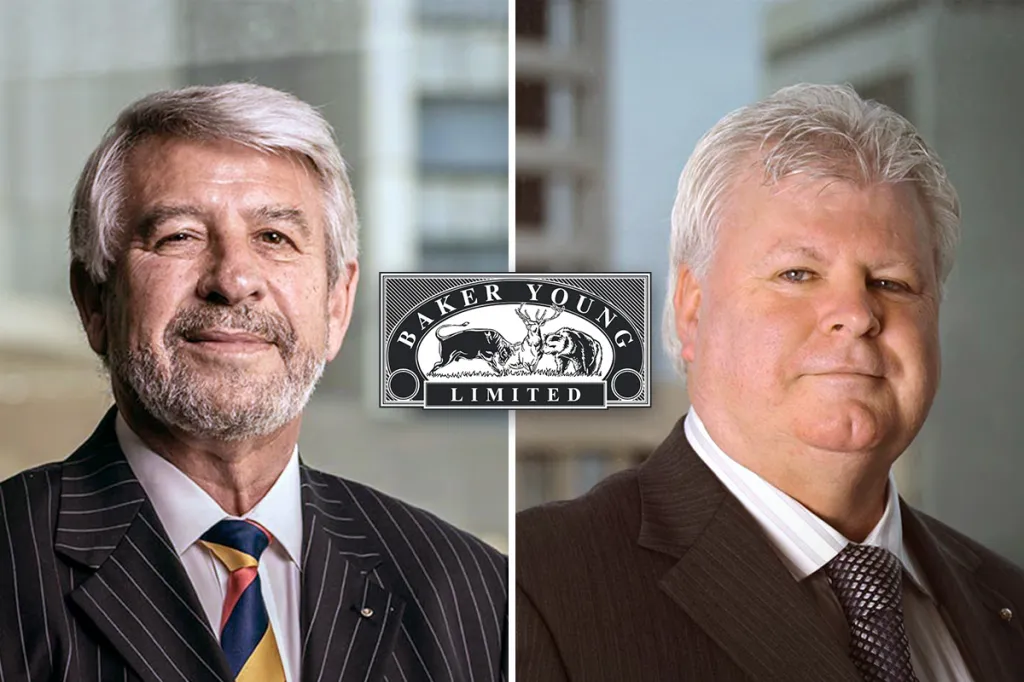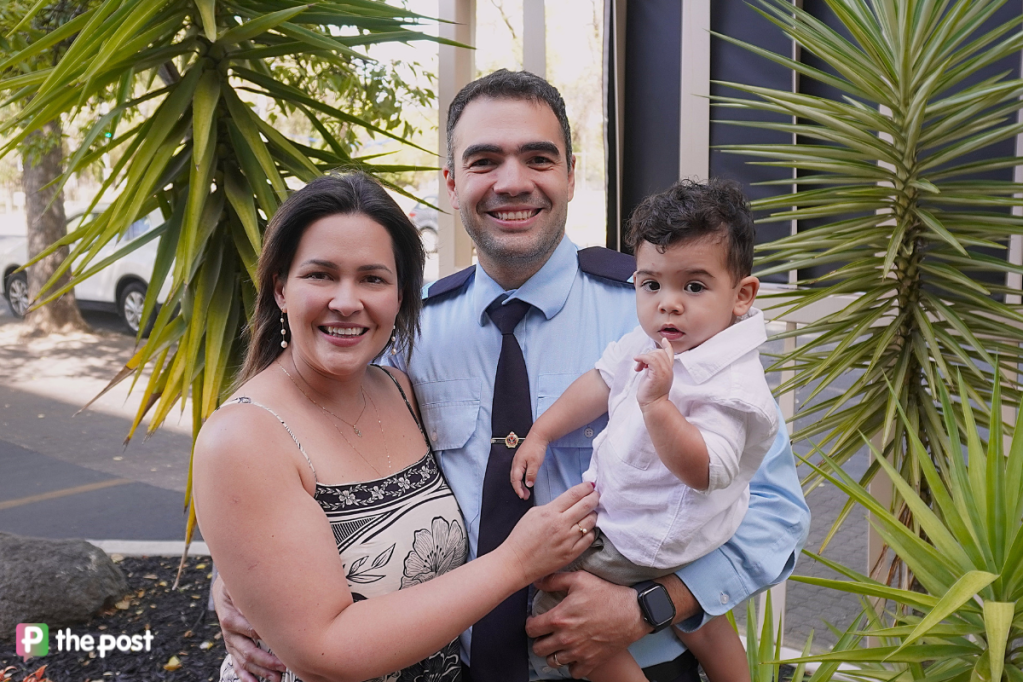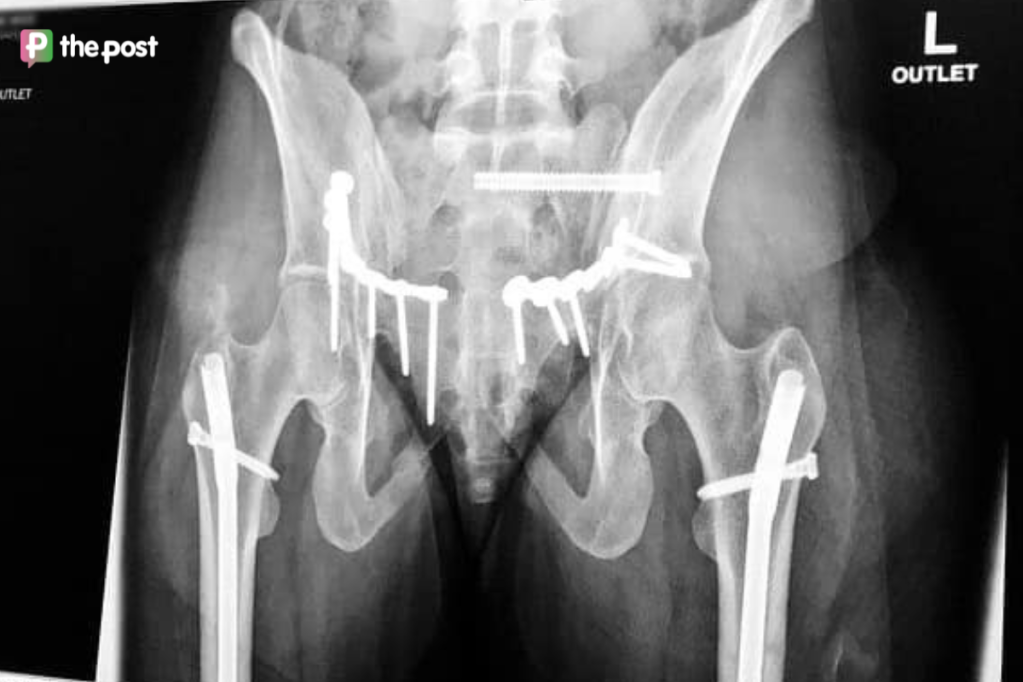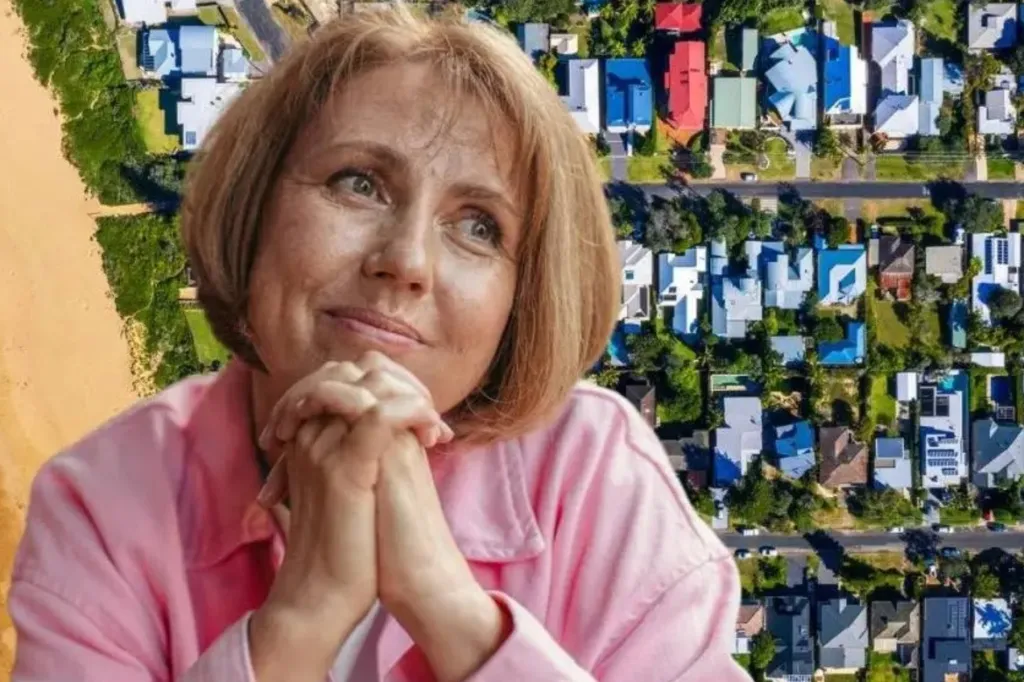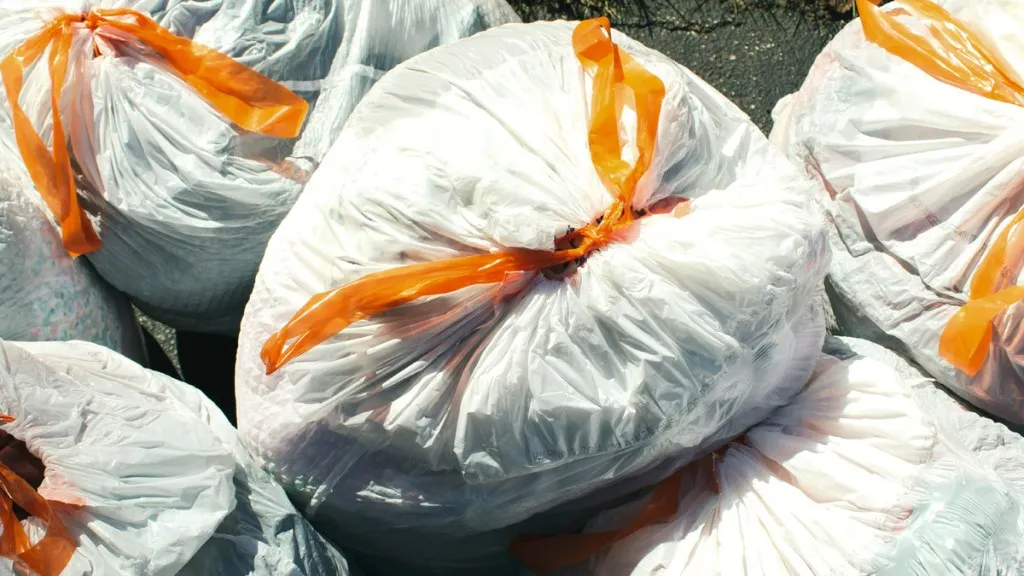Adelaide CBD office vacancy falls from nation’s highest
The office vacancy rate in the Adelaide CBD has fallen significantly in 12 months, but demand for quality space remains strong.
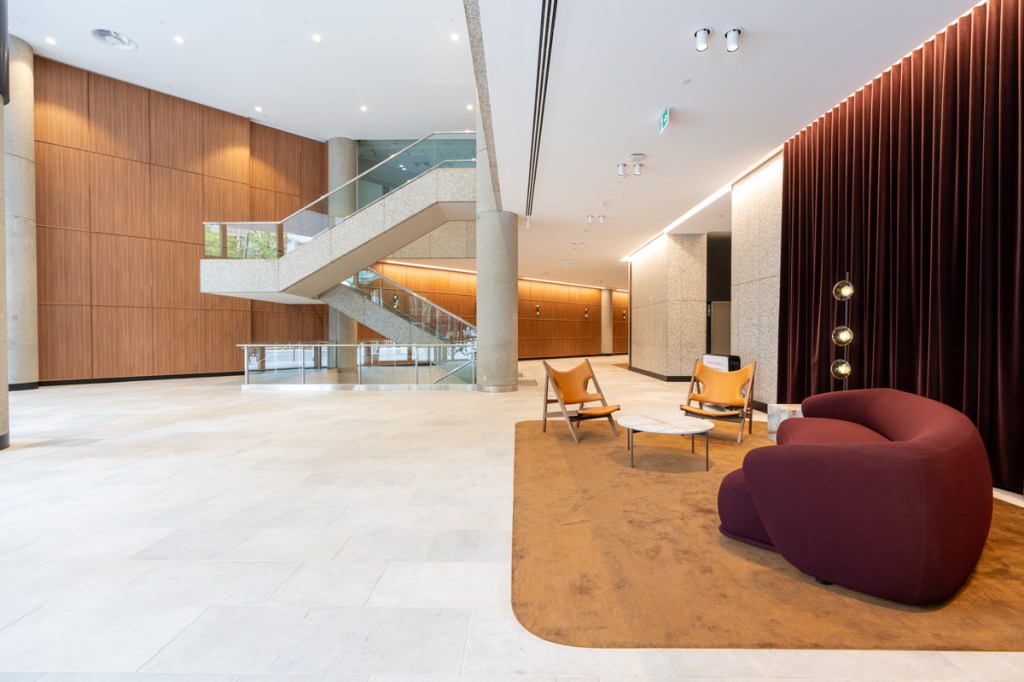
New Property Council data shows Adelaide’s CBD office vacancy rate has fallen for the second time in one year from a country-wide high of 19.3 per cent 12 months ago to 16.4 per cent today.
Vacancy has continued on a downward trend according to the Property Council of Australia, which said 66,049 square metres of office accommodation was brought online over the past year.
Nationally, the average CBD vacancy rate marginally increased by 0.1 per cent to 13.7 per cent and Adelaide’s CBD office vacancy rate was the nation’s second highest after Melbourne’s.
Demand continues to outpace supply, however, according to South Australian executive director of the Property Council Bruce Djite who said businesses were looking for opportunities in the state.
Net demand in Adelaide increased by 1.4 per cent, outpacing supply growth of 0.4 per cent.
You might like
In the fringe office market, vacancy tightened from 12 per cent to 10.8 per cent.
“The shape of our CBD has changed dramatically in recent years with some incredible office space being reimagined such as 100 King William by Quintessential and 150 Grenfell Street by Kambitis Group,” Djite said.
“There are also some fantastic offerings coming to market this year and beyond, such as Kyren Group’s 42-56 Franklin Street and ICD’s 30 Gouger Street.
“The data suggests that demand for office space in Adelaide is strong relative to other CBD markets, and this is great to see.”
Stay informed, daily
One year ago, the Property Council said a “flight to quality”, with businesses moving out of older office stock and into new builds, was why Adelaide’s CBD topped the nation’s vacancy list.
“There is a clear divergence between older, low-quality stock and the new premium office buildings bringing new life into our cities,” Property Council chief executive Mike Zorbas said at the time.
Today, Djite said the latest report provided “reasons to be optimistic about the office sector in Adelaide, not just in the CBD but also in the fringe market, with non-CBD net demand well above historical averages”.
Adelaide Economic Development Agency economic research advisor Jordon Tomopoulos agreed, and said the CBD’s outlook was positive.
“The rise in demand for commercial space is consistent with AEDA’s macroeconomic observations,” he said.
“The city has seen an increase in business activity over the past twelve months, with many new companies establishing themselves in new amenities within the City of Adelaide.”
CBRE’s director of office leasing in Adelaide Andrew Bahr said there was a “notable surge” in leasing activity as 2024 drew to a close, with tenants scrambling to secure sub-500 tenancies before the end of the year.
“With a mix of tenant sizes, within the last quarter alone, a total of 13,000sqm was committed with most of these transactions occurring in A-grade buildings. Remarkably, over 70 per cent of the committed space was for fitted-out areas, continuing the trend that favours move-in-ready options,” Bahr said.
“Recently repositioned properties, such as 100 King William Street, 30 Pirie Street and 55 Currie Street are gaining considerable momentum following the completion of extensive refurbishments. These buildings have become increasingly attractive to tenants, culminating in six lease agreements being finalised in December across these locations alone.
“This uptick in leasing activity not only highlights the growing demand for A Grade office spaces in Adelaide but also reflects the successful transformation of these properties into desirable work environments. We saw some larger enquiries in the second half of 2024, those being SA State Government for 8,000sqm -14,000sqm, Australian Tax Office for 19,000sqm and People First Bank for 5,000-6,000sqm.”
